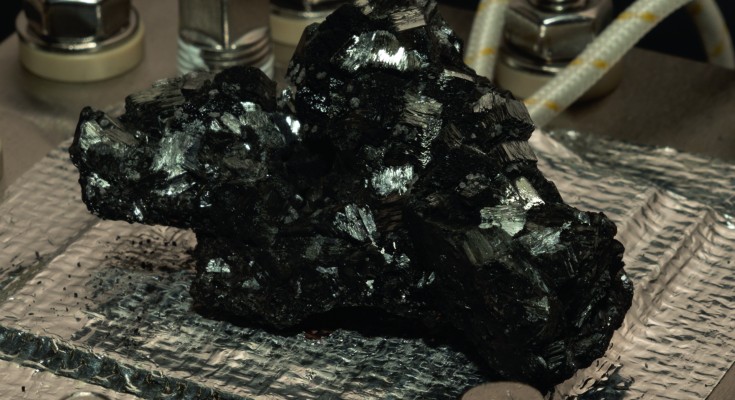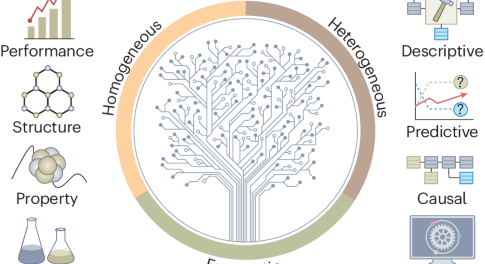
Read our March issue
Nature Catalysis covers all areas of catalysis, incorporating the work of scientists, engineers and industry. March issue now live.

Nature Catalysis covers all areas of catalysis, incorporating the work of scientists, engineers and industry. March issue now live.


The use of data science tools in catalysis research has experienced a surge in the past 10–15 years. This Review provides a holistic overview and categorization of the field across the various approaches and subdisciplines in catalysis.